For some, a simple headstone or grave marker isn’t enough. They want to be remembered with grandeur and make their final resting place a big and fancy mausoleum — that is, an entire building that houses their remains, and sometimes their worldly treasures, in a tomb. Mausoleums may be a grave subject, but when it comes to honoring the dead, they are often elaborately built and decorated to forever enshrine the legacy left by important individuals. Here are seven of the most fascinating mausoleums around the world for travelers to check out. But remember to always be respectful when viewing or visiting these beautiful sites. They are way more than just pretty buildings.

The 9 Most Fascinating Mausoleums Around the World
1. Taj Mahal, Agra, India
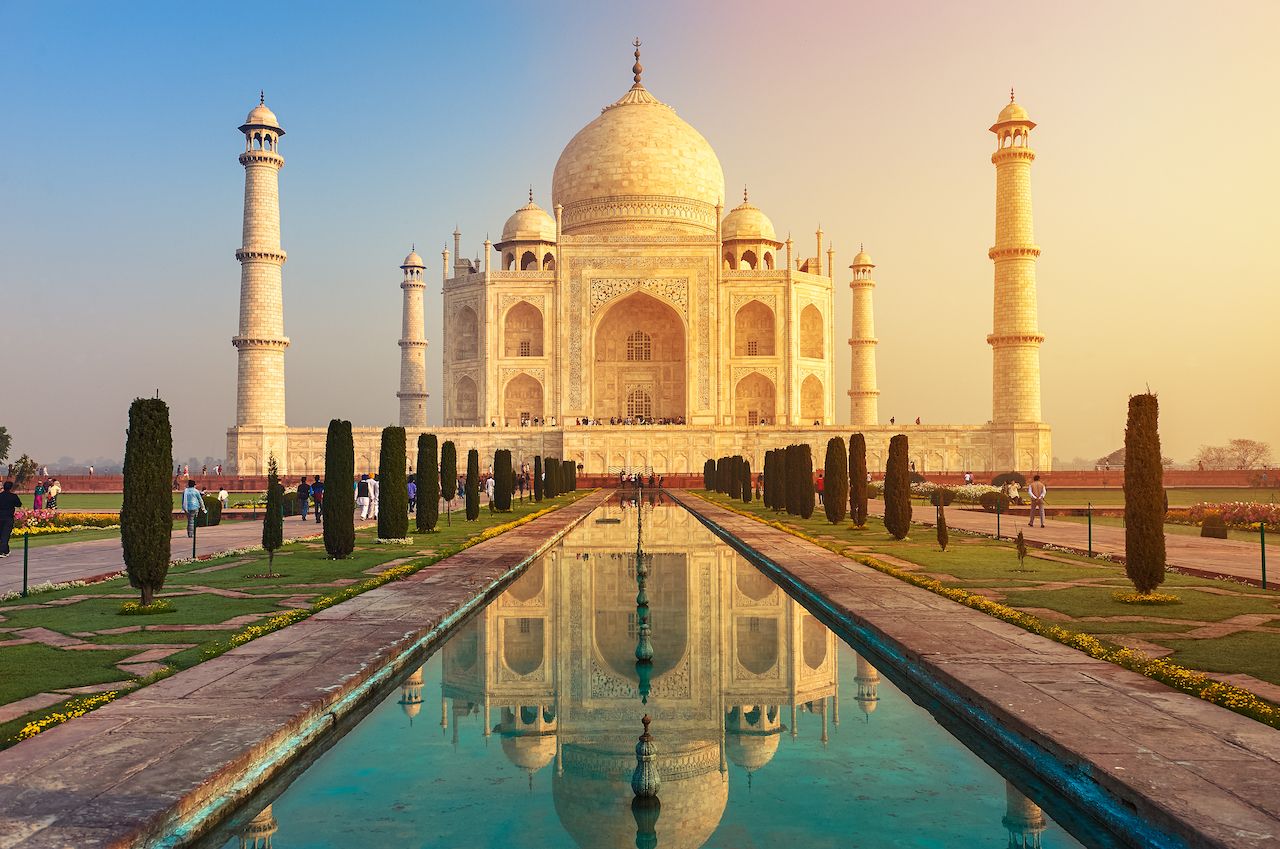
Photo: YURY TARANIK/Shutterstock
The Taj Mahal is easily one of the most famous monuments in the world, and it has the outrageous tourist numbers to show for it, but many don’t realize that it’s not just a beautiful edifice. Its real purpose is to hold the remains of Mumtaz Mahal, the favored wife of emperor Shah Jahan. It also houses the remains of its builder. It was commissioned in 1632 and continues to be meticulously maintained, though the site’s heavy foot traffic complicates this effort. Located on the Yamuna River in Agra, the massive white marble mausoleum is easily recognized the world over and naturally has a spot on the UNESCO World Heritage list.
2. Mausoleum of the First Qin Emperor, Xi’an, China
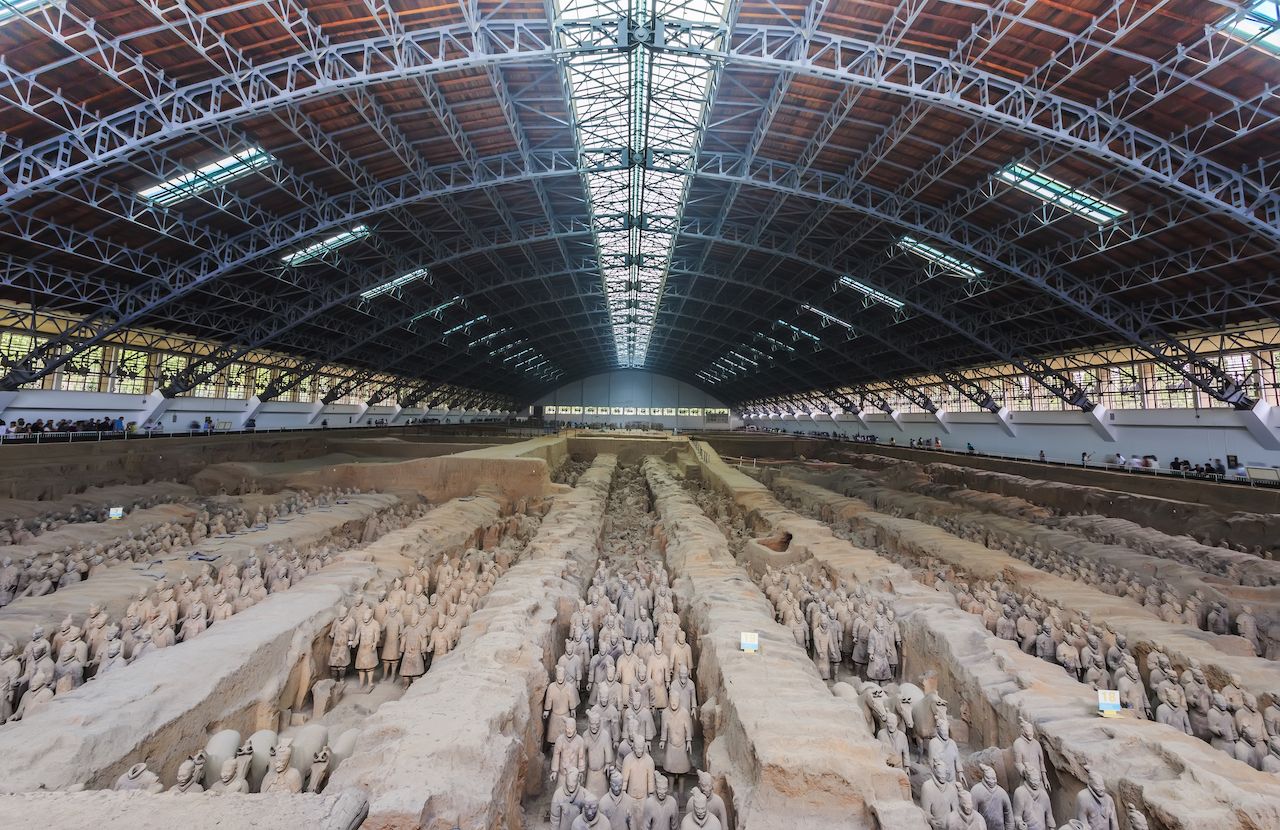
Photo: 4045/Shutterstock
The Mausoleum of the First Qin Emperor, also called Qinshihuang Mausoleum, has a place on the UNESCO World Heritage list for its great cultural intrigue and the thousands of years of history it hides — since construction was finished by 208 BC. Visitors at the site can take in the thousands of famous terracotta warriors, each of them unique, at this mind-blowing mausoleum. Incredibly, it was not discovered until the 1970s when farmers digging a well found more than water beneath the ground. The warriors are located within a dome-shaped tomb meant to protect the emperor in the afterlife. The large compound is comprised of a grave mound, mausoleum constructions, burial pits, and sites of ritual construction, and it’s actually larger in footprint than Egypt’s Great Pyramid.
3. Shah-i-Zinda, Samarkand, Uzbekistan

Photo: Evgeniy Agarkov/Shutterstock
Colorful tiles in hundreds of shades of blue adorn Uzbekistan’s Shah-i-Zinda, which is actually a necropolis that’s a series of tombs housing people both famous and unknown. Legend claims that the sprawling necropolis, now with over 20 buildings — including the 16th-century Kusam-ibn-Abbas mausoleum and mosque, various mausoleums built in the 1300s, and Shirin-Bika-Aga mausoleum — houses the remains of a cousin of Muhammad, the founder of Islam, making it an important religious site. Some visitors to Shah-i-Zinda are making a pilgrimage, so ensure that you remain respectful and modest at all times during your visit.
4. Mausoleum of Hadrian (Castel Sant’Angelo), Rome, Italy
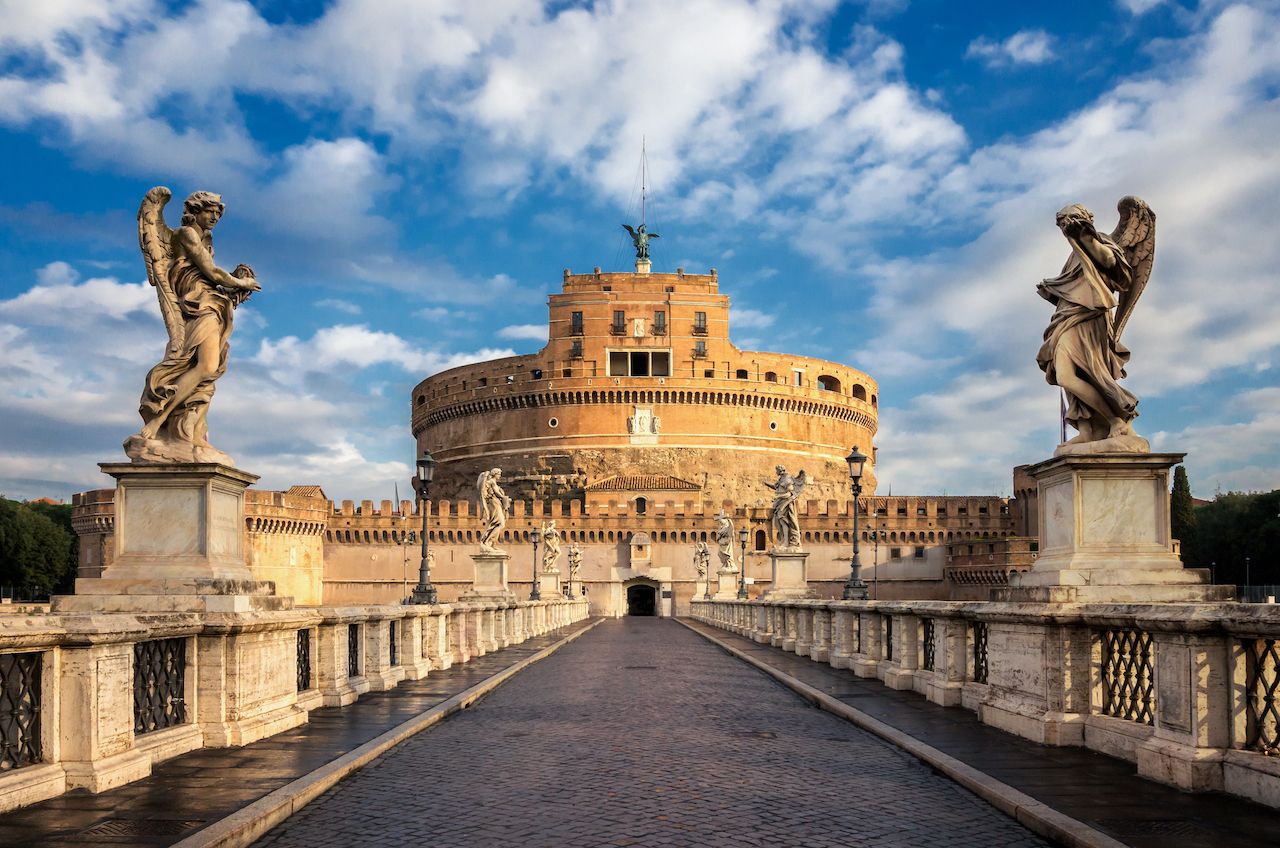
Photo: Blue Planet Studio/Shutterstock
Originally commissioned by Hadrian, a Roman emperor from 117 to 138 AD who planned to use the classical complex as a burial place for himself and his family, the Mausoleum of Hadrian was once the tallest building in Rome. Today, it still stands as a grand beauty on the Roman skyline. The ashes of succeeding emperors were stored here, but the building went on to live second lives as both a fortress and castle — Castel Sant’Angelo. Today, it’s an art and history museum open to the public.
5. Tomb of Jahangir, Shahdara, Pakistan
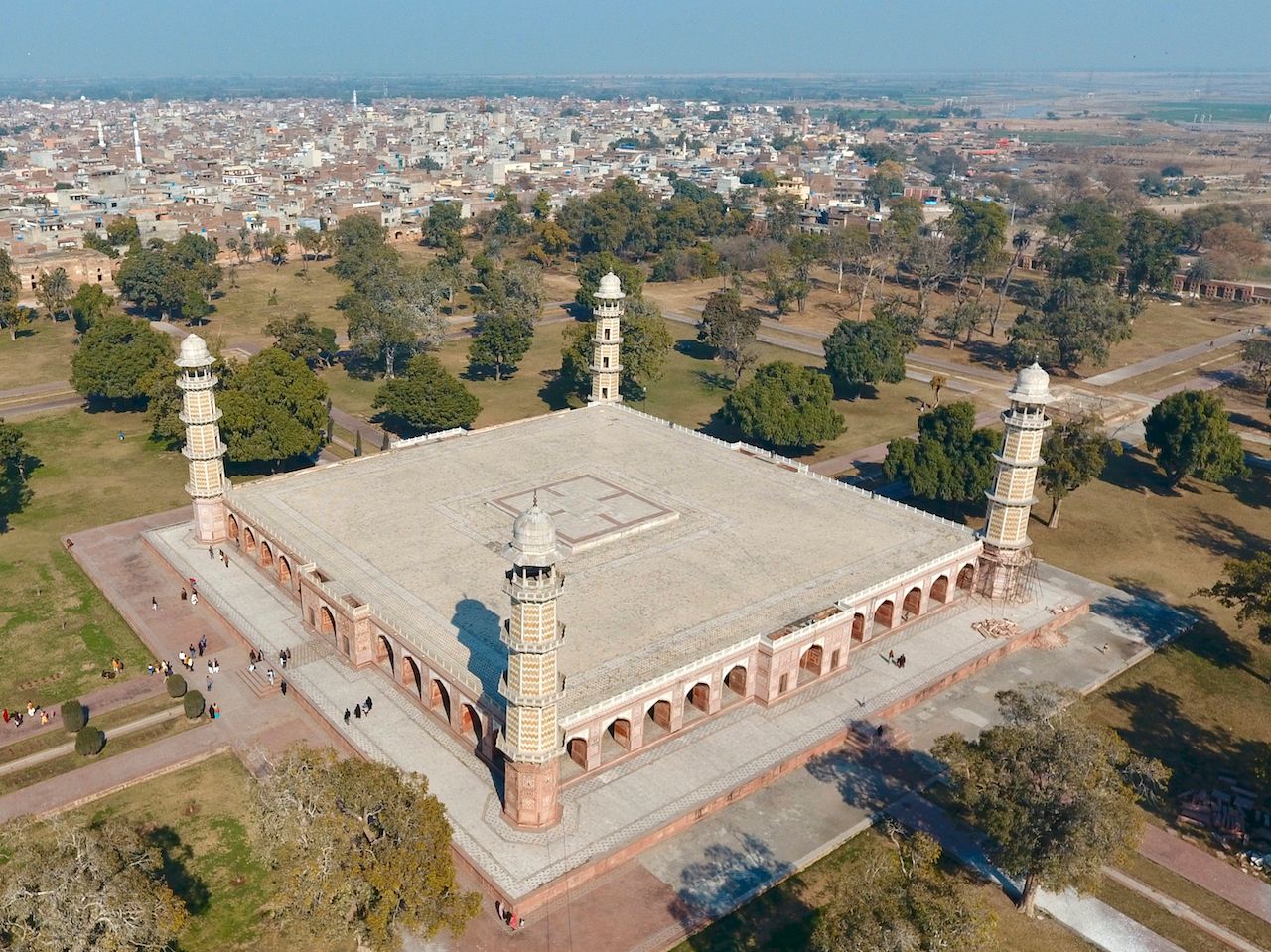
Photo: Imran’s Photography/Shutterstock
Pakistan’s Tomb of Jahangir is colorful and intricately tiled inside and out with decorative frescoes and stonework. Built for the emperor Jahangir in the 17th century, the mausoleum, perhaps one of the most beautiful buildings in the country, is surrounded by elaborate gardens. It’s free to visit and located near the border with India. Make sure to also visit the nearby Tomb of Nur Jahan, which houses the remains of Jahangir’s wife; it’s much simpler in architectural scope but still beautifully decorated.
6. Lenin Mausoleum, Moscow, Russia
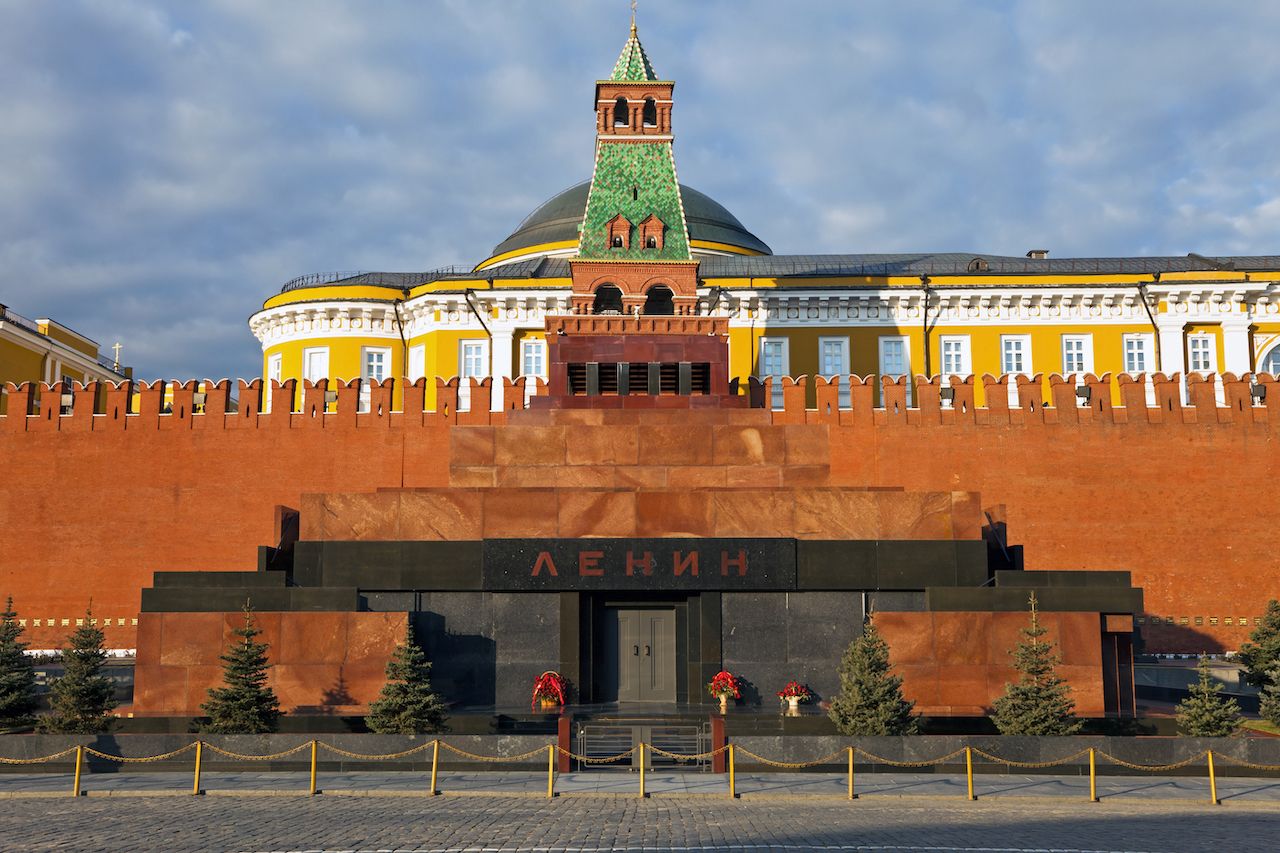
Photo: abadesign/Shutterstock
A sprawling and decorative complex located in Moscow’s Red Square, the mausoleum housing the remains of Soviet leader Vladimir Lenin is a macabre one to visit. The Lenin Mausoleum contains Lenin’s actual preserved corpse on display, which is specially embalmed and maintained on a regular basis. It has been on display in the mausoleum ever since Lenin’s death in 1924. There is a team of embalmers dedicated specifically to maintaining the corpse and ensuring it looks as lifelike as possible. The mausoleum is free to visit.
7. The Great Pyramid of Giza, Egypt
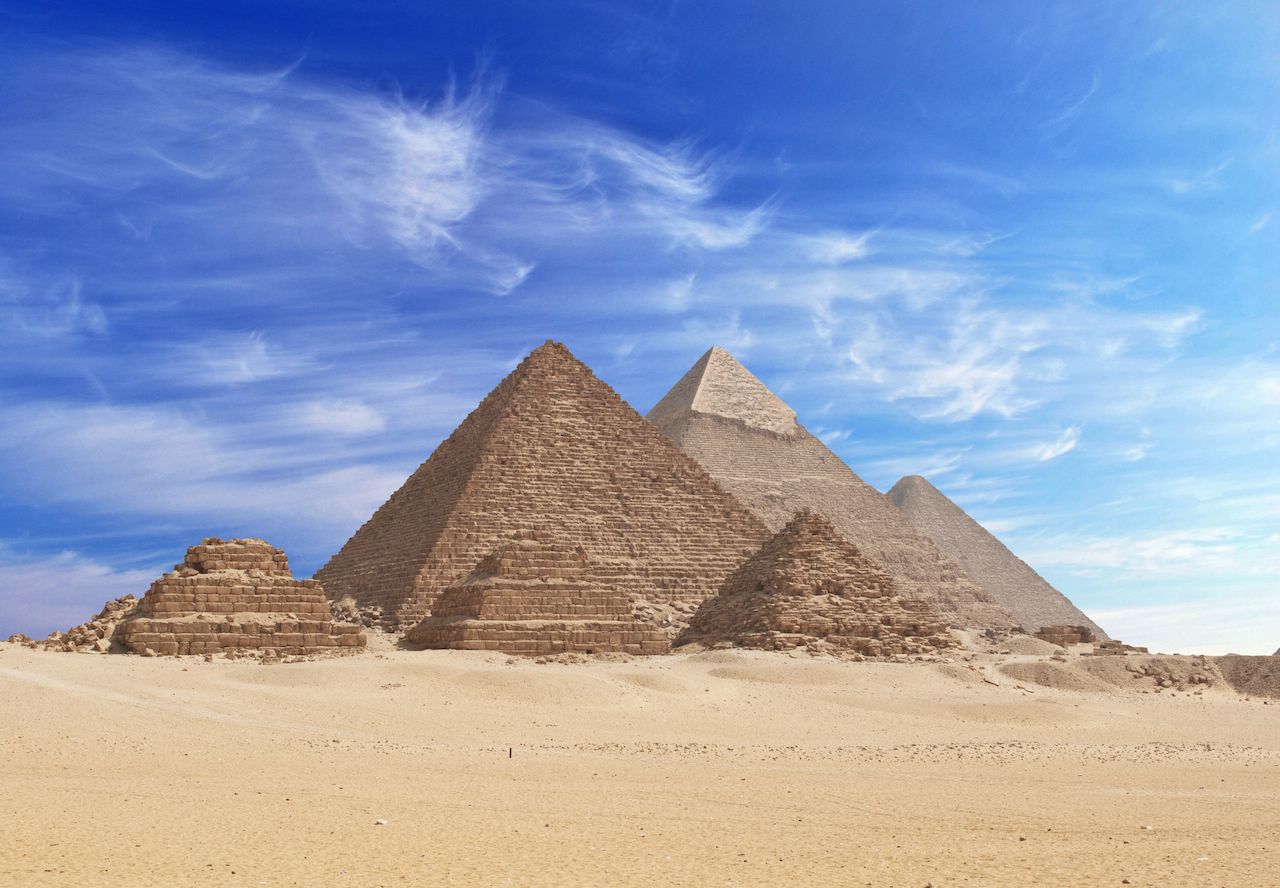
Photo: Waj/Shutterstock
Another one of the world’s most recognizable monuments, the Great Pyramid of Giza located near El Giza, Egypt, is one of the Seven Wonders of the Ancient World. At 481 feet, it was also the tallest man-made structure in the world for nearly 4,000 years. Its construction still baffles humanity to this day. No one quite knows how the pyramid could have been built in 2560 BC without the complex technology and capabilities we now have. Other, smaller pyramids located nearby in the Giza complex include pyramids for Pharaoh Khufu’s wives and tombs for nobles.
8. Mausoleum of Mao Zedong, Beijing, China

Photo: Mario Savoia/Shutterstock
Beijing’s Mausoleum of Mao Zedong houses the remains of Mao Zedong, the leading political figure of the Communist Party of China during the mid-1900s. Like Lenin in Russia, Mao’s embalmed body is on display inside a crystal coffin in the mausoleum, which is located in the famous Tiananmen Square. The site is open to visitors most days of the week and is free to enter, though it’s important to note that you must dress modestly and cannot bring a camera.
9. Imam Husayn Shrine, Karbala, Iraq
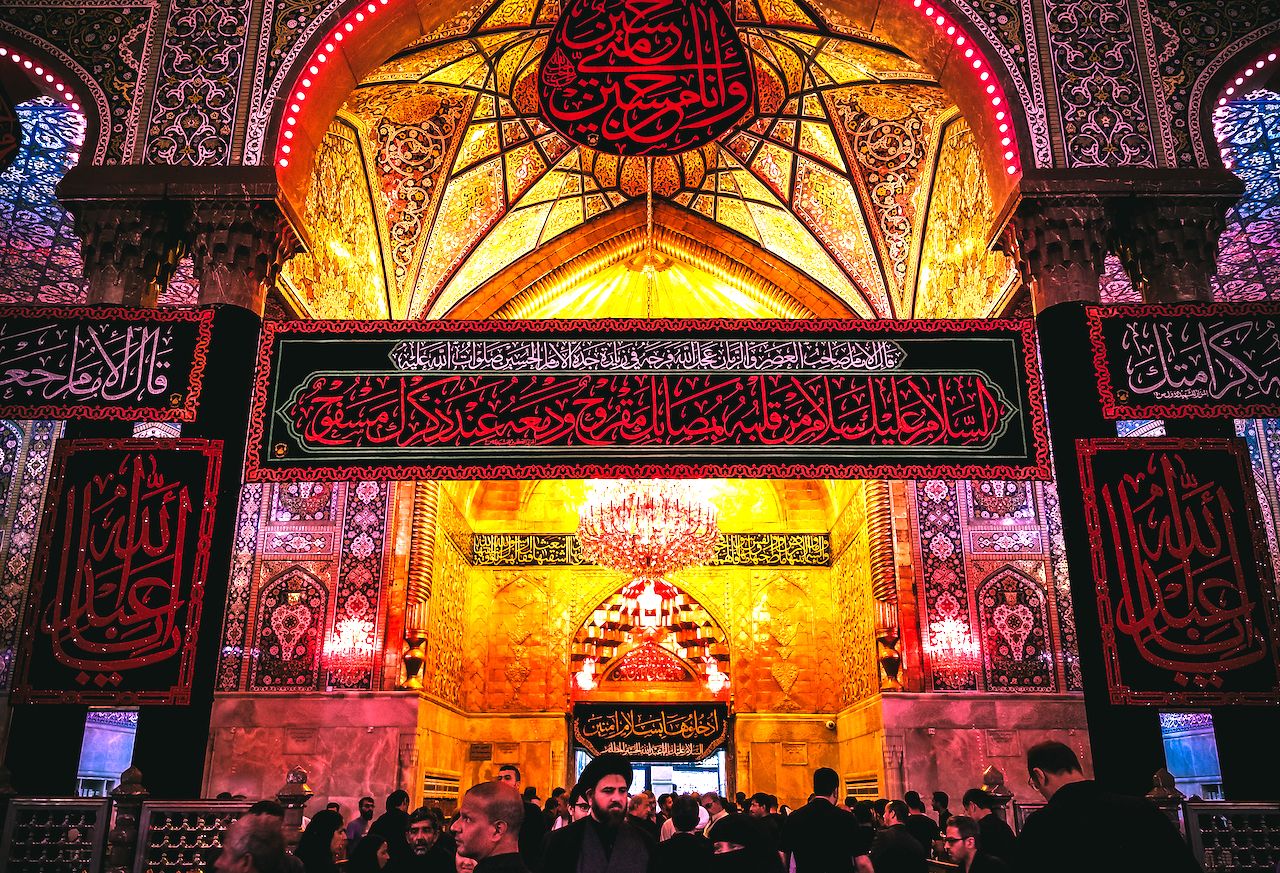
Photo: Sajjad Haidar Malik/Shutterstock
The Imam Husayn Shrine in Iraq is a large and colorful mausoleum and mosque. It’s the burial site of Husayn ibn Ali, the third Imam of Islam. After Mecca and Medina, the Imam Husayn Shrine is one of the holiest sites for Shi’ite Muslims, so many of the shrine’s millions of annual visitors are pious individuals making a pilgrimage. As such, the shrine is elaborately decorated in gold and vividly painted tiles and is spectacularly illuminated at night in various colors. Non-Muslims are allowed to visit but should ensure that they are respectful and considerate of the religious significance of the holy spot.